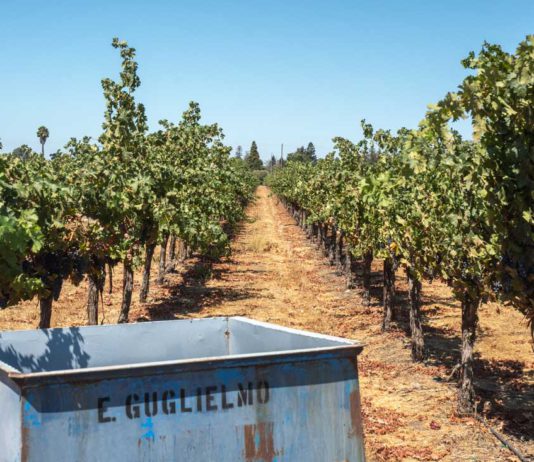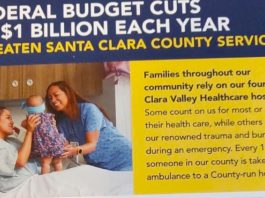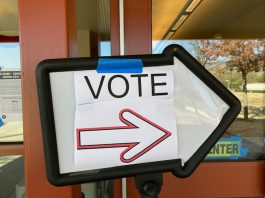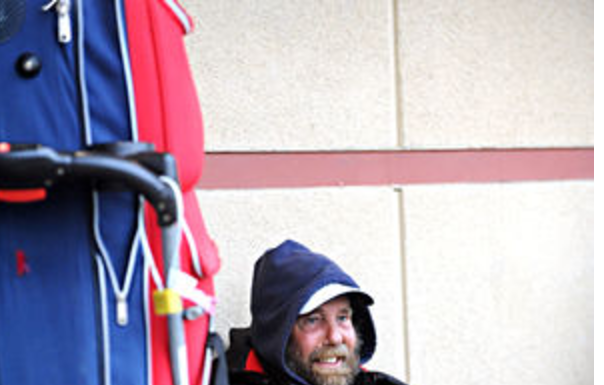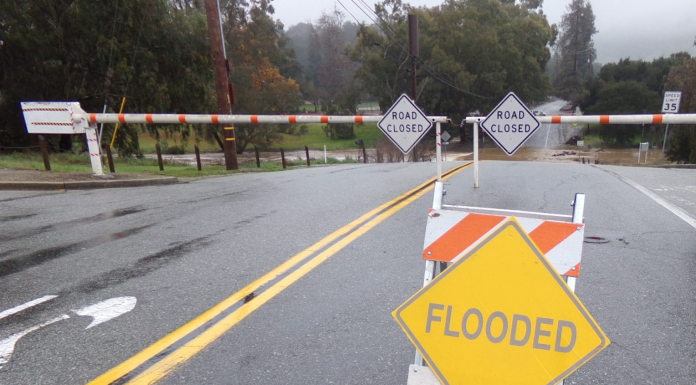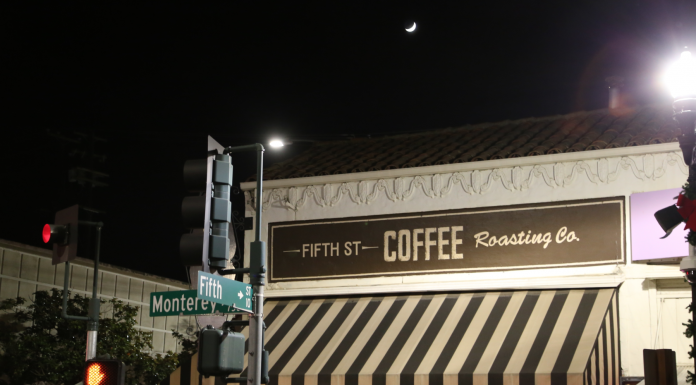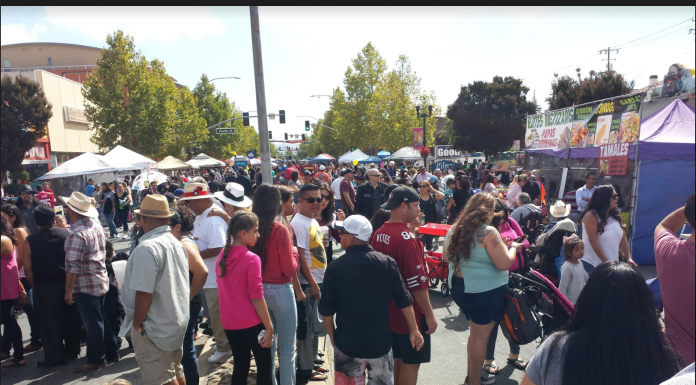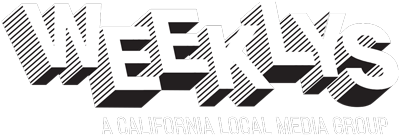Volunteers Needed for Homeless Count
Nearly 200 volunteers are needed to conduct the 2017 Point-in-Time Homeless Count in Santa Clara County on Jan 24, 25.
59 new homes approved for Glen Loma
Gilroy’s largest housing development continues to build out along the smooth, sloped terrain of the city’s west side, as the planning commission last week, unanimously approved the tentative map of Glen Loma Ranch’s newest neighborhood.
Gilroy Flood Preparations
The City of Gilroy has announced the following, in the wake of a heavy rain forecast:
Inclement Weather Alert
Inclement Weather Episode Declared for the Entire Santa Clara County
Gilroy’s resolutions for 2017
Diets, campaign promises, community service, more time with family and friends and eating more garlic--those are some of New Year’s resolutions from GIlroy business owners, residents and politicians for 2017.
Gilroy Eyes First Fridays
They help draw visitors to downtown districts from Santa Cruz to San Jose, now Gilroy will get its own First Friday, starting Jan. 6.
Battle against PG&E Substation Grows
Santa Clara County is right to take a closer look at PG&E’s controversial plan for a new South County substation, according to the lawyer brought in to fight the utility giant.
Technology brings increased efficiency to Gilroy City Hall
The City of Gilroy has announced the introduction of new software by Accela that makes it easier for staff to prepare staff reports and agendas for the City Council and Planning Commission. The switch, which went live for the November 21st city council meeting, according to a press release, makes the process more efficient, less-time consuming and near paperless. Staff training on the new software package began in October and the result is a process that automates the entire staff report preparation, circulation and approval process for better workflow and productivity. The system then creates the agenda and meeting packet - completely eliminating paper. "What used to take 4-5 hours to accomplish with a manual paper process now takes 10 minutes to complete - with just a click of a button we have a council packet ready for distribution," stated City Clerk, Shawna Freels.
Morgan Hill Pushes Back on Trump Agenda
In a press release, the city of Morgan Hill pushed back on threats of deporting residents, part of the agenda of President-elect Donald J. Trump. It also took on proliferating hate crimes.Here is the release:Recent national events have triggered some negative impacts in many Morgan Hill residents; fear and uncertainty about their well-being and their status in our community and country. The Morgan Hill City Council and staff want to reassure our residents that we will stand up for all of them. Many of our residents are foreign-born and fear that changes in immigration rules or enforcement could separate their families. There are also concerns about proposed federal registries of community members of the Muslim faith. And the recent nationwide spike in hate crimes is causing even more fear. Here in Morgan Hill, we cannot control the events in Washington, D.C., but we can do much to care for each other here at home. We want to assure you that: Hate Crimes will not be tolerated in Morgan HillOur Police Department is committed to enforcing laws against commitment of hate crimes without regard to the immigration status of the victim or reporting party. Please report all incidents to the Police Department at 408-779-2101. Our Police will not be used for federal immigration enforcementChanges to immigration laws and enforcement are the responsibility of federal policy makers. Local police should not be involved in federal immigration enforcement and our Police Officers will continue to focus their time on high priority crimes. In accordance with best practices of local law enforcement professionals nationally, we will stay out of immigration enforcement. Our priority is to maintain the trusting relationship Morgan Hill Police Officers have with our community. Anyone who witnesses or is a victim of any crime can contact the Police Department without fear of inquiry regarding their immigration status. Your Constitutional rights will be protected We cannot know if assertions made during national campaigning -- like Muslim registries -- will come to fruition. We will monitor any proposed legislation or executive actions from Washington and work closely with our national, state and local representatives, other cities, and if necessary, the courts, to protect the Constitutional rights of our residents. Discrimination based on race, national origin, ethnicity, religion, age, gender, sexual orientation, color or disability is prohibited under federal and/or state law. We will protect the rights of all our residents, regardless of background or sexual orientation. Morgan Hill residents are highly ethical; we have a set of ethical values that are fundamental to the character of our community. Foremost among the ethical values is respect. Because we respect those we interact with, we treat them honestly, fairly and responsibly. In this time of uncertainty and fear, we encourage all our residents to maintain a high level of respect in all their interactions. Thank you for making Morgan Hill a well respected and inclusive community.


